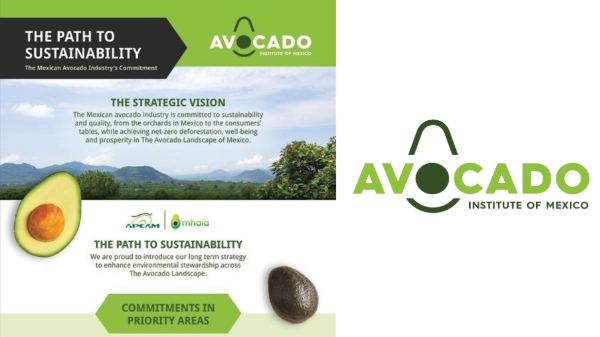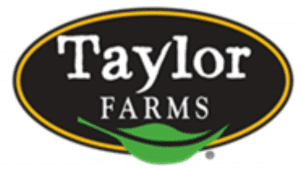Welcome to Blue Book!
Are you ready to join the thousands of companies who rely on Blue Book to drive smarter decisions? View our plans and get started today!
Still have questions? We’d love to show you what Blue Book can do for you. Drop us a line– we’ve been waiting for you.
Forty-two thousand, six hundred eighty-six—42,686—that’s the average number of items in a grocery store, according to the Food Marketing Institute. Not only is it a monumental supply chain challenge to keep so many products in stock, but it requires tremendous effort to determine which products should be allocated to a given store or group of stores. How exactly do retailers make these decisions?
The simple answer is to create a standardized mix of products, prices, and promotions for all stores. Though this tactic will help streamline decision making and create supply chain efficiencies, a one-size-fits-all strategy can quickly become a drawback in the highly competitive battle for grocery shoppers. Standardization does little to attract shoppers who seek tailored services and unique products.
To pursue these highly profitable customers and gain an edge in the marketplace, retailers are turning to analytical methods that support localization. One such strategy is store clustering. In this article, we will discuss the use of store clustering, the analytical techniques that make it possible, and its impact on upstream supply chain partners.
Purpose and Value Proposition
Today’s customers expect individualized shopping experiences that cater to their specific lifestyles, product preferences, and buying patterns. These rising expectations have been influenced by the cachet of specialty retailers like Whole Foods, the Food Network, media focus on unique produce items, and the potential convenience of Amazon’s ‘Fresh’ initiative. Grocery retailers and their suppliers must tap into this growing demand for distinctive customer engagement or risk losing market share.
To better understand market requirements and remain relevant in this environment, retailers are using segmentation and clustering tools to group stores with similar customer bases together. The goal is to tailor each cluster to better serve its key customer groups. “To draw customers to your stores, you have to be sensitive to the stark differences between groups. You want to offer the products, package sizes, and brand choices they are used to,” says Don Goodwin, president of Minnesota-based Golden Sun Marketing, a fresh produce strategy and business development company. “You’re trying to have a more efficient assortment and use of space in the store.”
As the initiatives mature, additional considerations are added to the clustering effort. “Best practice approaches to clustering involve analyzing shopper behavior and developing localized assortment, pricing, and promotion solutions to better meet the needs of shoppers, earn greater loyalty, and grow your share of wallet,” notes Jon Hauptman, a partner at retail consultancy Willard Bishop.
Hauptman adds that localized assortment ensures the right items are in each store while localized pricing tailors prices to the prevailing sensitivities of shoppers in each store. Localized promotions involve providing the right type and level of product to the shoppers who need it, to drive behavior. Further, Hauptman notes retailers must also eliminate promotions to shoppers who would have purchased the selected item at full price, regardless of a special offer.
Adopting a shopper-based clustering strategy is neither quick nor easy; it may involve investment in technology, use of external experts, and several trial-and-error initiatives. “You’re really engaging in micro-retailing and tailoring your merchandise to the buying characteristics of the individual communities,” says James Carver, a retailing textbook author and assistant professor of marketing at Auburn University. “This allows a store to create a niche that differentiates it from competitors and helps build customer loyalty by meeting individual wants and value propositions. You create a bubble around the customer, which allows you to charge a higher price.”








